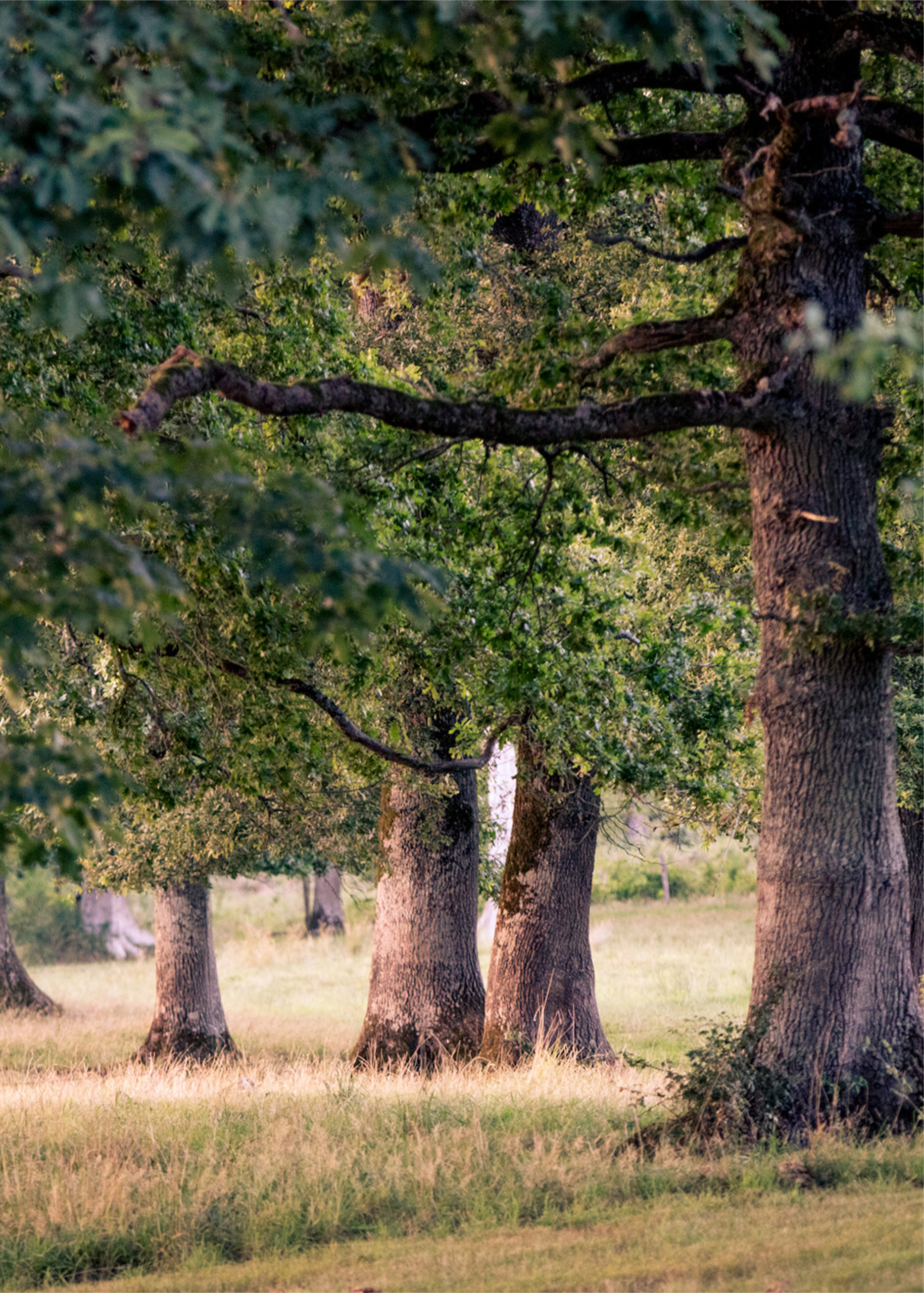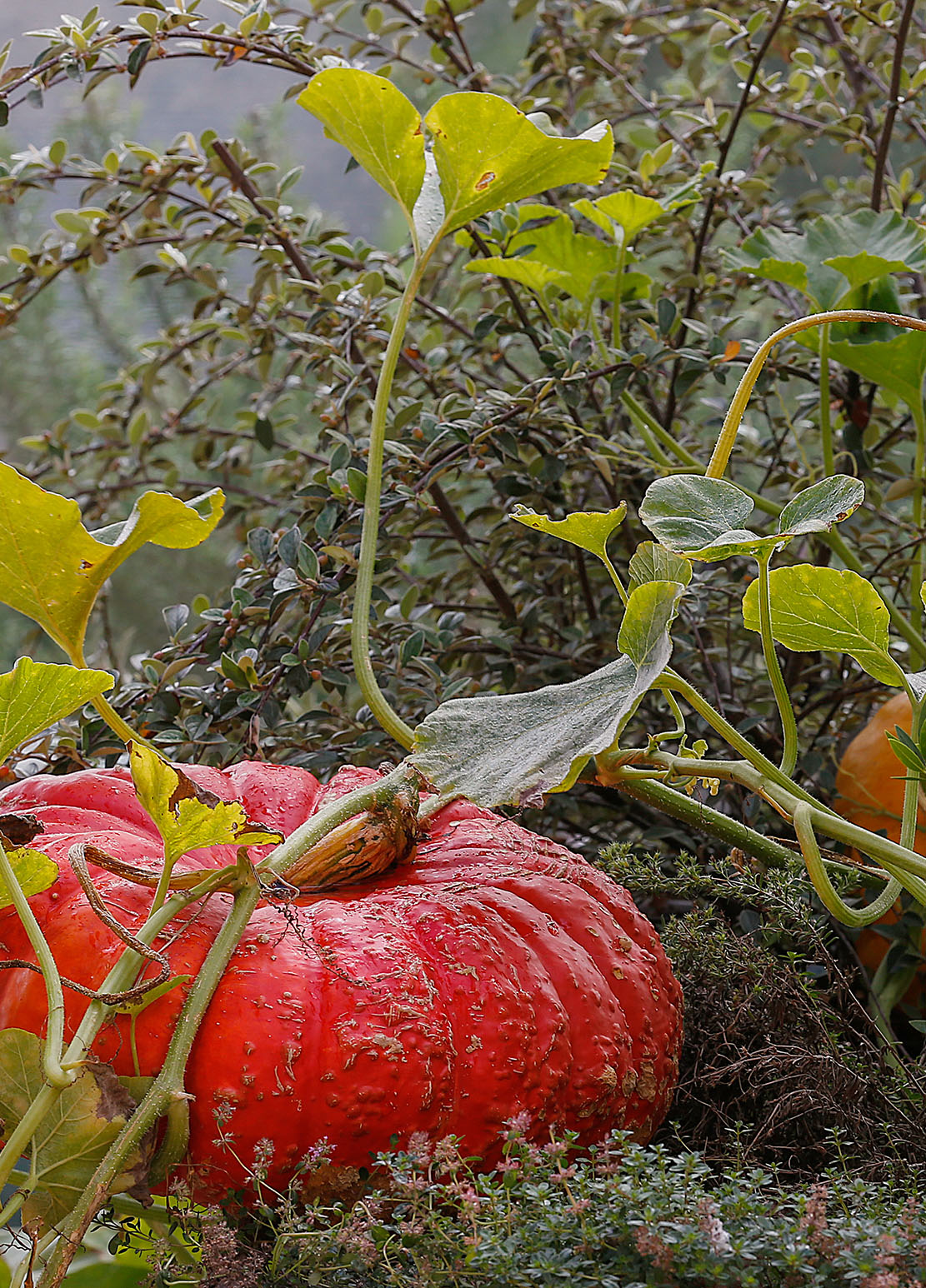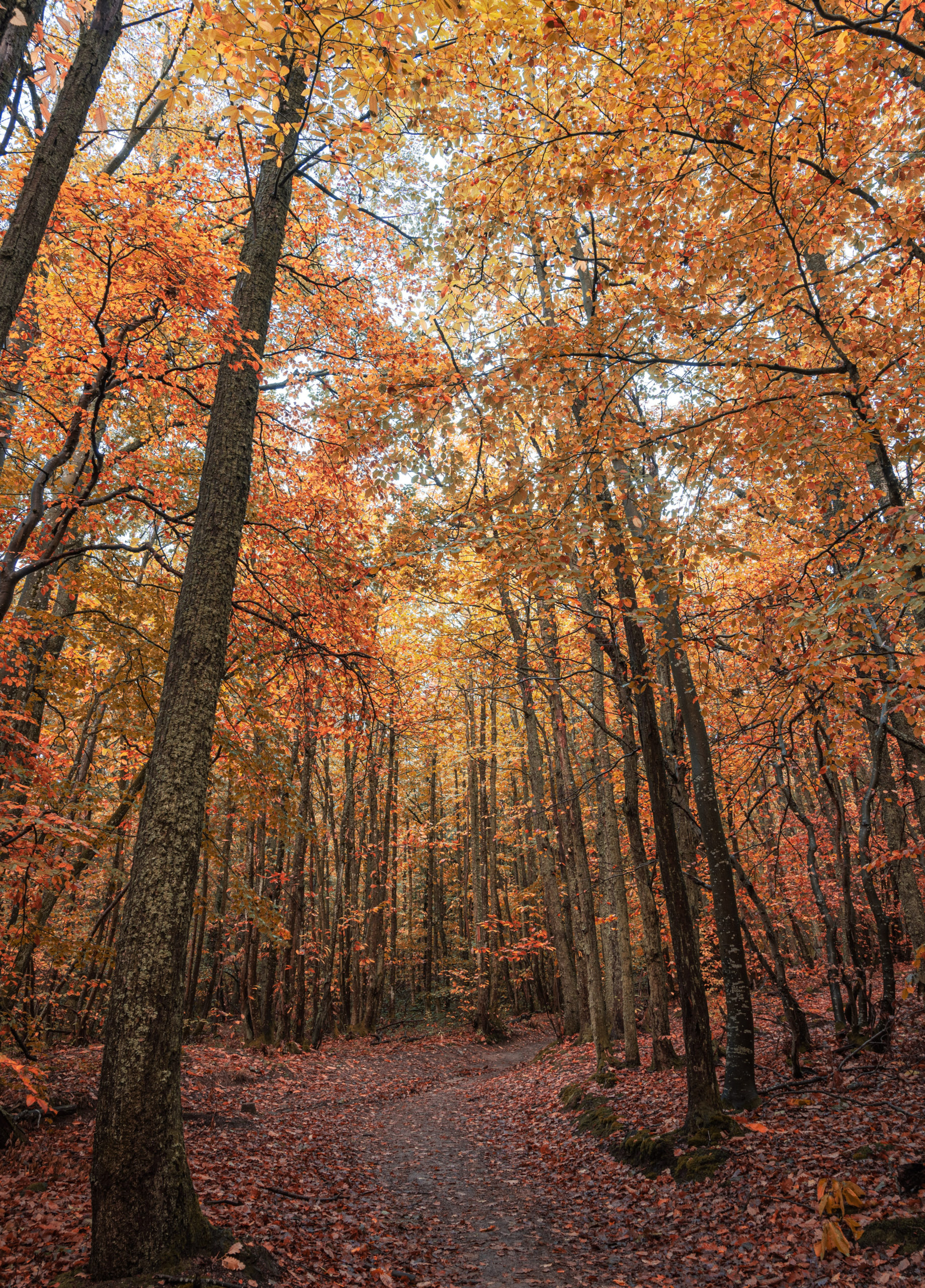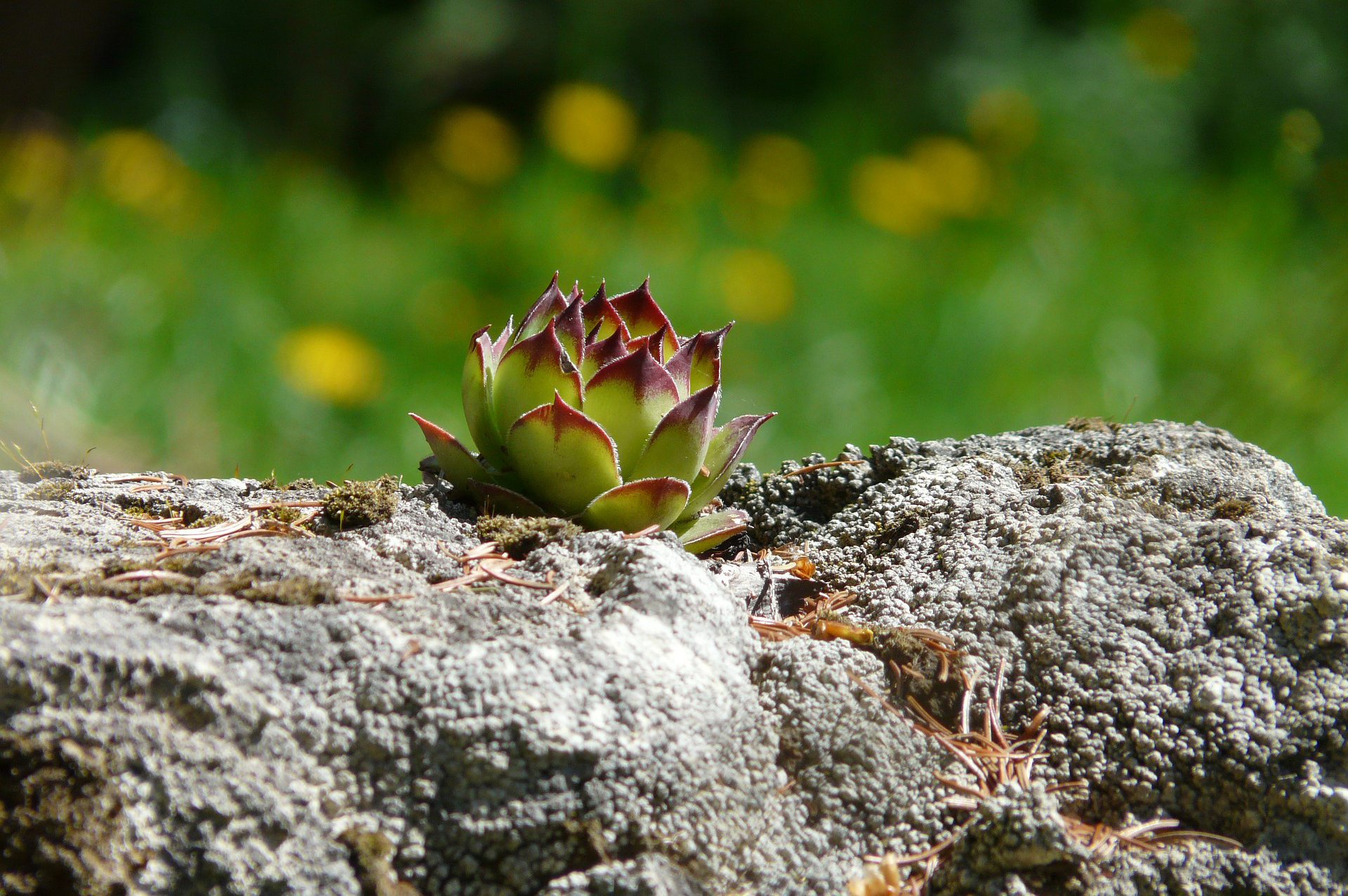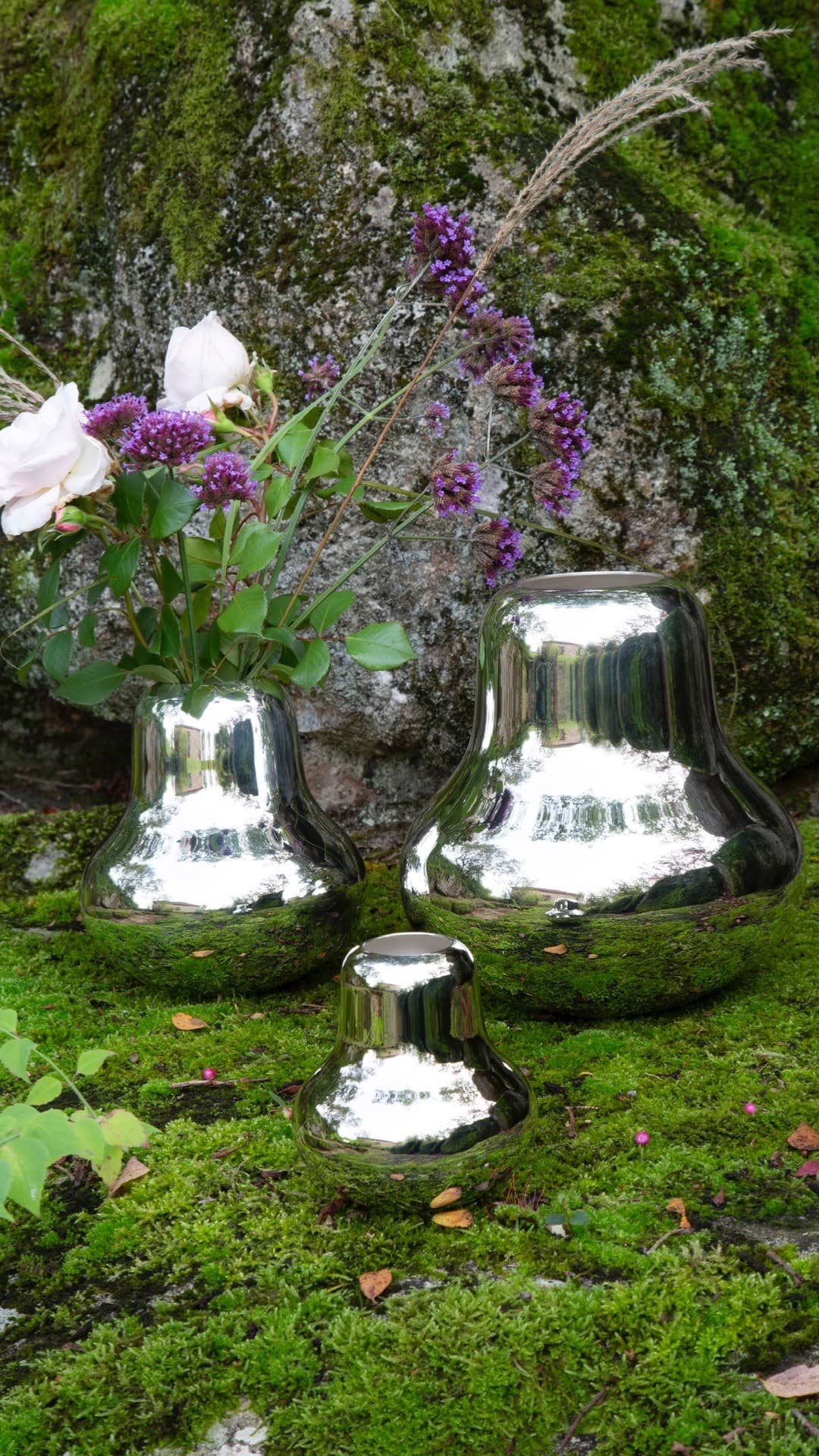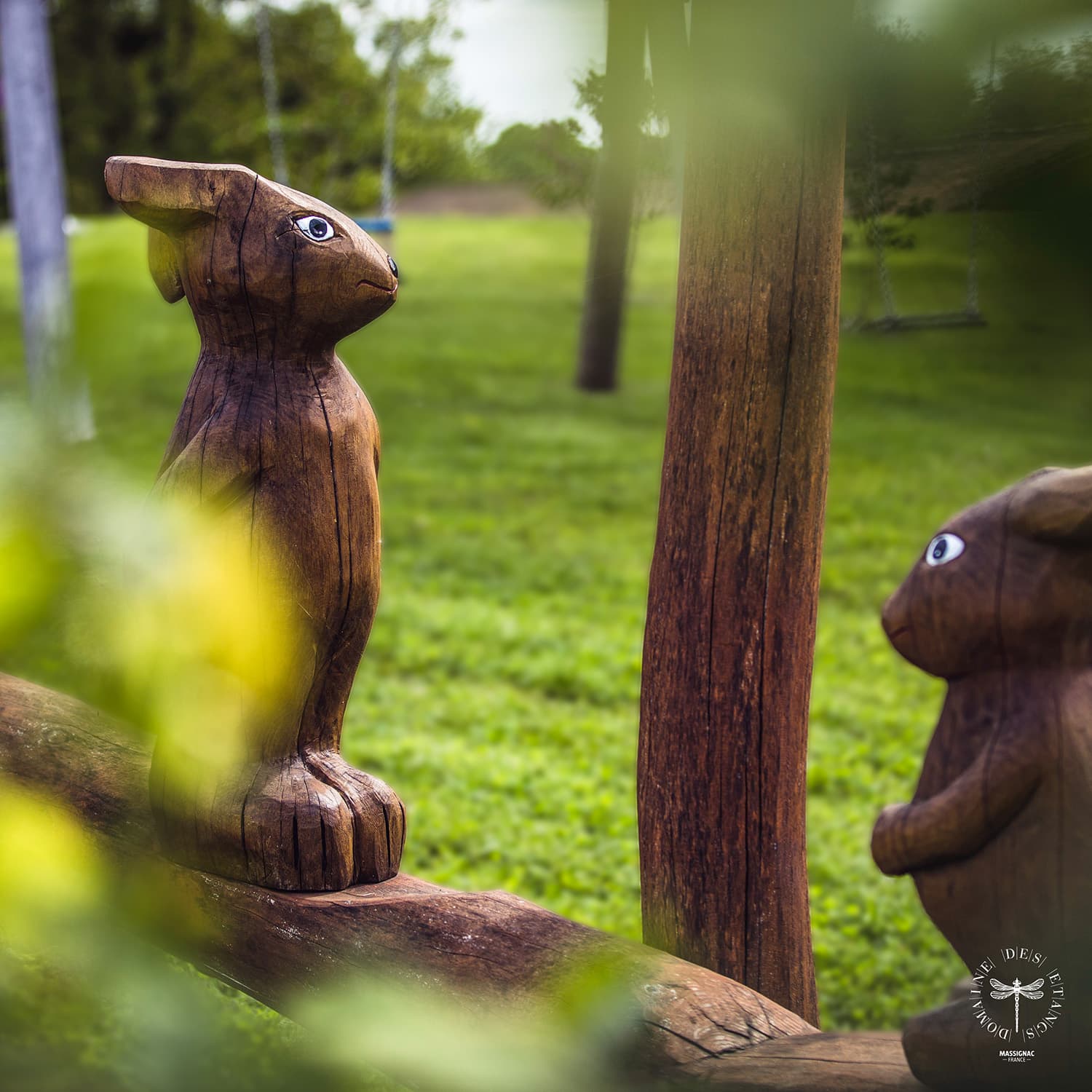This autumn has littered the ground with plump fruit: the chestnut, with its beautiful coppery skin. A symbol of much of Europe’s countryside, present in the old coppices of our land, the chestnut was once affectionately called “the bread tree”.
During famines, it allowed populations to sustain themselves as it replaced cereals such as wheat or barley. The presence of old specimens is therefore often the legacy of fruit tree crops.
Yet these trees also symbolize a practice that has long existed and that scientists have started to study once more: agroforestry.
Agroforestry consists in pairing trees with various agricultural crops. Thus, the chestnut tree may be associated to a rye field and the benefits of this cohabitation cannot be ignored.
The presence of trees in crops allows foremost to minimize the use of fertilizer and pesticides. This results from the fact that biodiversity is enhanced and that new animal species appear. Moreover, trees enrich the Earth with carbon thanks to their leaves and roots that provide nutrients to the neighbouring plants.
Unlike in monoculture which is in fact quite modern, the Water supply is channelled by the roots of the trees that harness deep down the nourishment to help them survive the vagaries of the weather.
Agroforestry is therefore a complementarity of crops driven by the strength of trees. It reflects the balance that Nature itself creates single-handedly. It is a sustainable way to farm and to tend to the Earth in our countryside. Birds, rodents, insects, fungi: biodiversity reclaims its place and feeds us.
Université Domaine du Possible, a 136-hectare farm located in the south of France dedicated to research and training, runs a program entitled “Creating a forest-garden”, an initiation to agroforestry based on knowledge in the field of permaculture. This training scheduled in 2021 is detailed in the website:
Formation “Créer sa forêt-jardin”Training program
